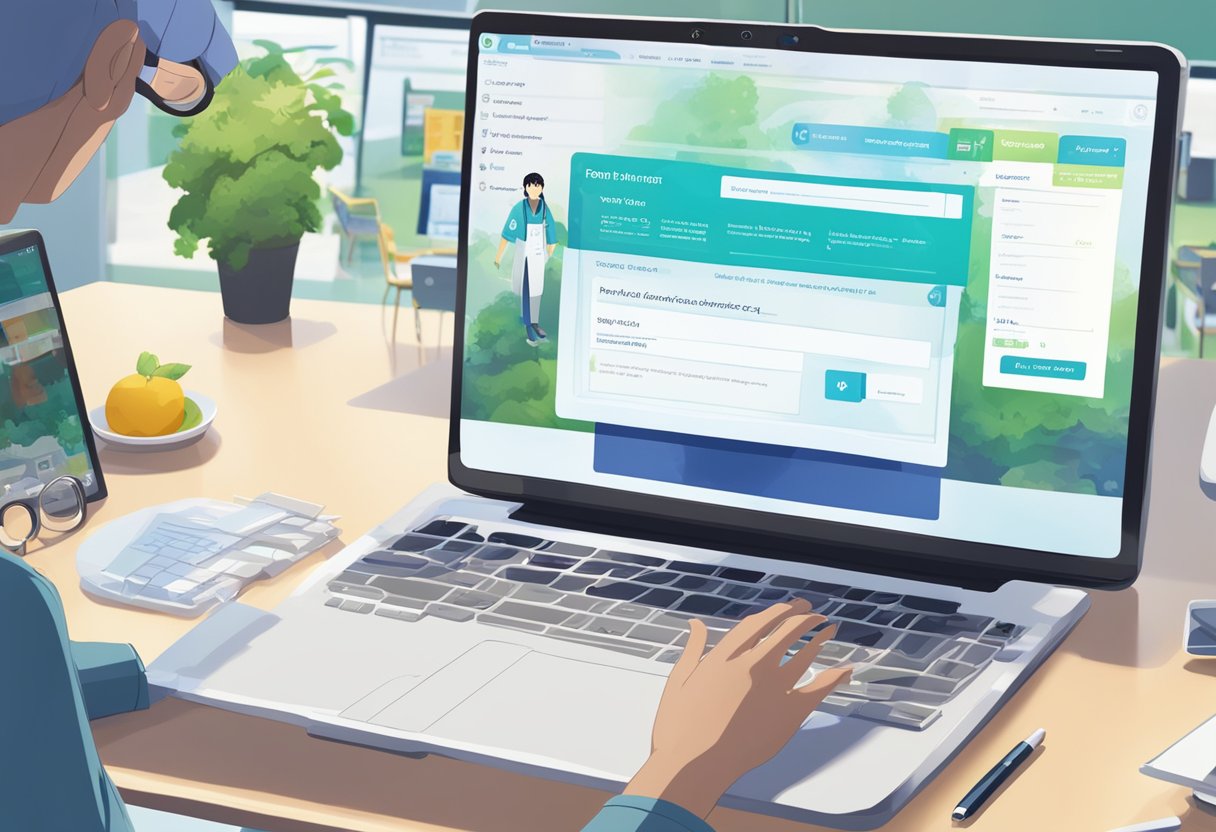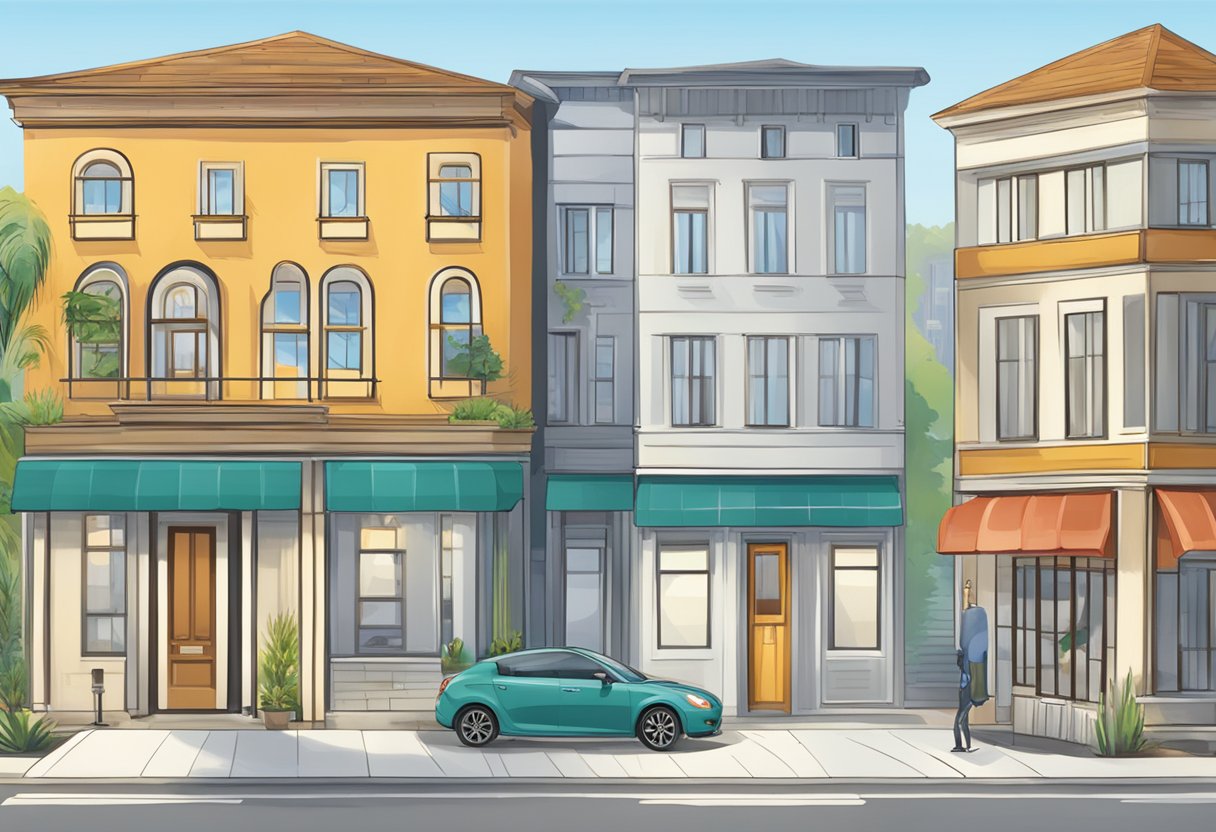Default student loan rehabilitation is a program designed to help borrowers who have defaulted on their federal student loans. Defaulting on a student loan can have serious consequences, including damage to credit scores, wage garnishment, and even legal action. However, rehabilitation provides a way for borrowers to get their loans back in good standing and avoid these negative consequences.
To qualify for rehabilitation, borrowers must make nine consecutive on-time payments that are reasonable and affordable based on their income. Once the payments are complete, the default status is removed from the borrower’s credit report, and they become eligible for benefits such as deferment, forbearance, and income-driven repayment plans.
Additionally, the borrower’s wage garnishment stops, and any legal action against them is dismissed.
It’s important to note that private student loans are not eligible for rehabilitation. Only federal student loans, including Direct Loans and Federal Family Education Loans (FFEL), are eligible. Borrowers with private student loans who are struggling to make payments should contact their lender to discuss other options, such as refinancing or loan modification.
Understanding Default on Student Loans
Defaulting on a student loan can have serious financial consequences. When a borrower fails to make a payment for 270 days, their loan enters default. Defaulting on a student loan can lead to wage garnishment, tax refund interception, and even legal action.
If a borrower is struggling to make payments, they should contact their loan servicer to discuss their options. Ignoring the problem will only make it worse.
Federal student loans offer several options for borrowers who are struggling to make payments. One option is to enter into a loan rehabilitation program. This program allows borrowers to make nine on-time payments in 10 months to bring their loan out of default.
Another option is to consolidate their loans into a Direct Consolidation Loan. This option can simplify monthly payments and make them more manageable. However, it does not remove the default from the borrower’s credit history.
It is important to note that private student loans do not offer the same options as federal loans. Private loans may have different rules and regulations regarding payment plans and defaults. Borrowers should contact their private loan servicer to discuss their options if they are struggling to make payments.
Eligibility for Loan Rehabilitation
To be eligible for loan rehabilitation, the borrower must meet certain requirements and have qualifying loans.
Requirements for Rehabilitation
The borrower must have defaulted on their federal student loans. Default occurs when the borrower fails to make payments for 270 days. Once in default, the borrower must either repay the loan in full, consolidate the loans, or enter into a rehabilitation agreement.
The borrower must also agree to make nine voluntary, reasonable, and affordable payments within 20 days of the due date over a period of ten consecutive months. The payment amount is determined by the loan holder, but it cannot exceed 15% of the borrower’s discretionary income.
Qualifying Loans
Not all federal student loans are eligible for rehabilitation. The following loans are eligible:
- Direct Subsidized Loans
- Direct Unsubsidized Loans
- Direct PLUS Loans
- Federal Perkins Loans
- Federal Stafford Loans
- Federal Supplemental Loans for Students (SLS)
- Health Education Assistance Loans (HEAL)
Private student loans are not eligible for rehabilitation.
It is important to note that once a borrower has rehabilitated a defaulted federal student loan, they regain eligibility for benefits such as deferment, forbearance, and loan forgiveness. However, if the borrower defaults on the loan again, they cannot rehabilitate it a second time.
The Rehabilitation Process
Student loan rehabilitation is a process that allows borrowers to get their federal loans out of default. The rehabilitation process consists of three main steps: application, making payments, and completion of rehabilitation.
Application Steps
To start the rehabilitation process, borrowers must contact their loan servicer. The servicer will provide the borrower with a loan rehabilitation agreement that must be signed and returned. The agreement will outline the terms and conditions of the rehabilitation process, including the monthly payment amount and due date.
Making Payments
Once the agreement has been signed and returned, the borrower must make nine monthly payments within a period of ten consecutive months. The monthly payment amount is calculated based on the borrower’s income and expenses. The payment must be made on time every month to avoid defaulting on the loan again.
Completion of Rehabilitation
After the borrower has made the nine required payments, the loan servicer will notify the borrower that the loan has been rehabilitated. The borrower’s credit report will be updated to show that the loan is no longer in default. The borrower will also regain eligibility for federal student aid programs, such as grants and loans.
It is important to note that the rehabilitation process takes time and effort, but it can be a valuable tool for borrowers who are struggling to repay their student loans. By successfully completing the rehabilitation process, borrowers can improve their credit score and regain control of their financial future.
Benefits and Consequences
Defaulting on student loans can have significant consequences, including wage garnishment, tax refund intercepts, and damage to credit scores. However, borrowers who have defaulted on their federal student loans may be able to rehabilitate their loans, which can have several benefits.
Credit Score Impact
One of the most significant benefits of loan rehabilitation is the potential to improve a borrower’s credit score. When a borrower defaults on a loan, the default is reported to credit bureaus, which can significantly damage the borrower’s credit score. However, once the borrower completes the rehabilitation process, the default is removed from their credit report, which can improve their credit score.
Loan Repayment Terms
Another benefit of loan rehabilitation is that it can make loan repayment more manageable. When a borrower rehabilitates their loan, they agree to make nine consecutive on-time payments. Once the borrower has made these payments, the loan is considered rehabilitated, and the borrower’s monthly payment amount may be reduced.
Additionally, the borrower may be eligible for alternative repayment plans, such as income-driven repayment plans, which can make their monthly payments more affordable.
Eligibility for Federal Student Aid
One of the consequences of defaulting on a federal student loan is that the borrower may become ineligible for federal student aid. However, once the borrower completes the rehabilitation process, they become eligible for federal student aid once again. This can be particularly beneficial for borrowers who are looking to return to school to complete their degree or pursue additional education.
While loan rehabilitation can have several benefits, it is important to note that there are also some potential consequences. For example, borrowers who rehabilitate their loans may end up paying more in interest over the life of the loan.
Additionally, the default may still be reported to other entities, such as potential employers or landlords, even if it is removed from the borrower’s credit report. Overall, borrowers should carefully consider the benefits and consequences of loan rehabilitation before deciding whether it is the right option for them.




